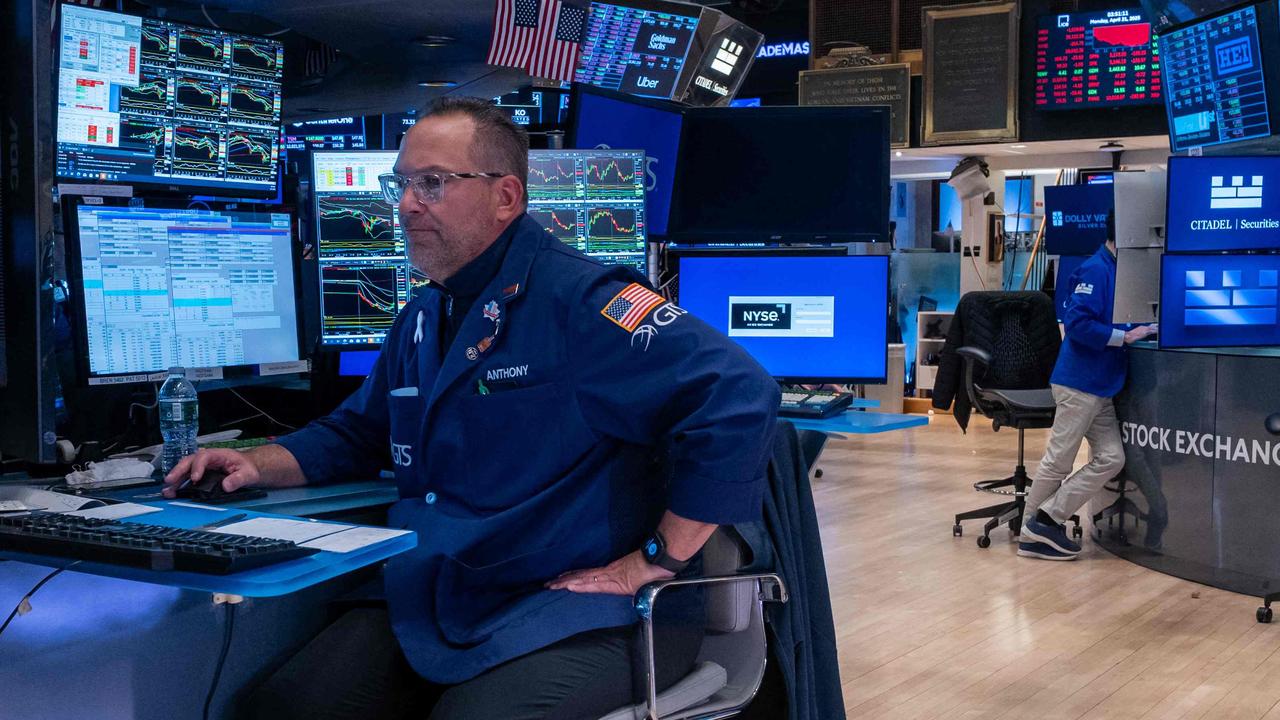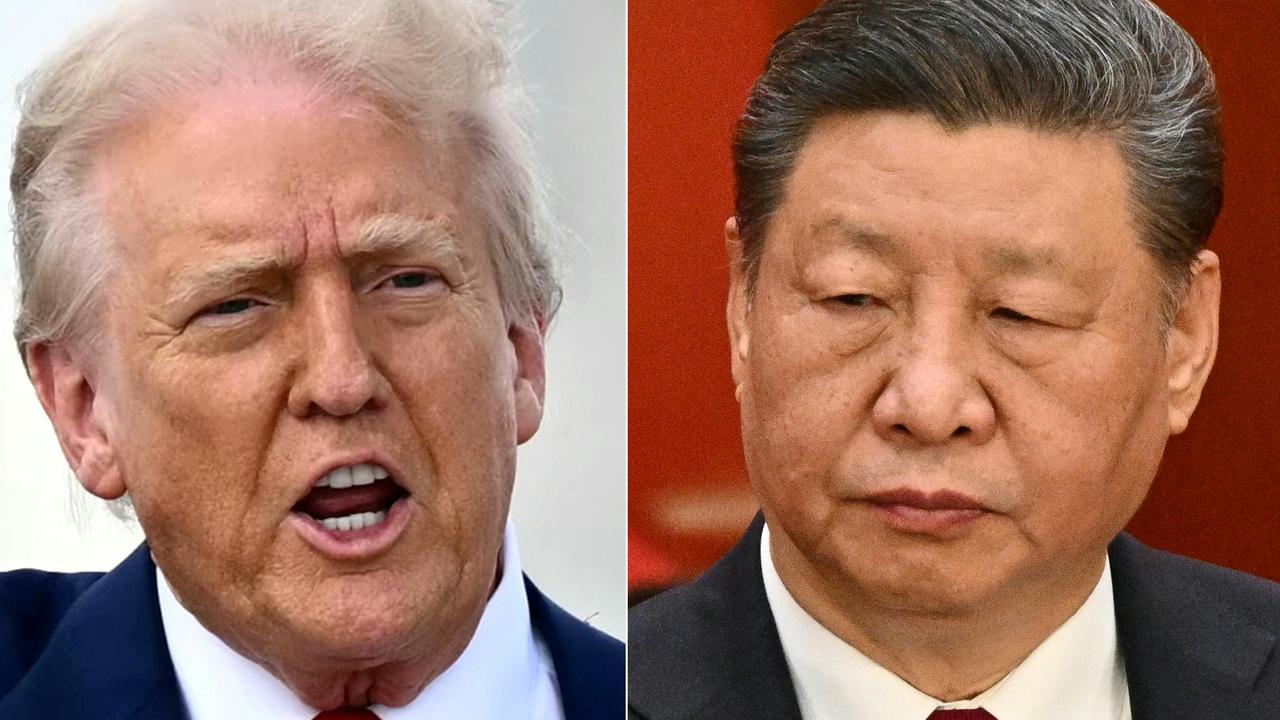Investors warned of dividend yield trap
Investors need to be wary of buying shares simply because dividend yields have risen.

As companies shore up their balance sheets to prepare for a sharp recession due to the coronavirus pandemic and associated lockdowns, investors need to be wary of buying shares simply because dividend yields have risen. Sometimes the yield is high for a reason.
An unusually high dividend yield can be a sign a company is expected to cut its payout. Once the expected cut occurs, the dividend yield goes back to “normal” and the share price often finds support, particularly if there’s clarity about the dividend outlook.
The problem with the current experience is that while the global COVID-19 crisis has caused a mass withdrawal of earnings and suspension of dividends that has already overtaken those experienced in the global financial crisis, there is considerable uncertainty about when earnings and dividends will normalise.
Moreover, dilutive equity capital raisings, which lower the dividend yield by spreading it between more shares, are ramping up. Four were conducted on Friday, another four were announced on Monday and, after the mass withdrawal of guidance last month, April could be a significant month for share issuance. For many companies, it will be a case of raise “when you can, not when you have to”.
Some of the biggest dividend payers, the banks, are yet to cut their dividends, despite the fact their offshore peers in Europe, the UK and New Zealand have already been forced to.
Ausbil Active Dividend Income Fund portfolio manager Michael Price notes that dividends fell 16 per cent between 2008 and 2009, but dividends per share fell 33 per cent as new share issuance diluted the yield received by existing shareholders.
This time he thinks the fall in economic activity is likely to be at least as large as in the GFC, albeit for a shorter period, since government and central bank stimulus already exceeds that of the GFC.
He argues that support may result in most companies getting through the downturn without having to issue additional capital that permanently dilutes the earnings and dividends. And while dividends may fall just as much as they did in the GFC, they could also rebound faster than they did at that time. The peak-to-trough GFC fall in dividends was 33 per cent.
“We have already seen more companies suspend their dividends than during the GFC,” Price says. “This indicates dividend cuts could be quite severe, but are expected to be temporary.” That is an optimistic view and the capital raisings seem to be on with a vengeance.
Price feels that income from shares will remain relatively attractive and he doesn’t recommend long-term investors sell, but warns that “unfortunately, shareholders should be prepared for a meaningful drop in dividends, especially in the shorter term”. The indicative 12-month forward dividend yield of the S&P/ASX 200 rose from about 3.85 per cent on February 20 to 5.9 per cent on March 23 as the index fell 37 per cent, before falling to 4.75 per cent as the sharemarket bounced 20 per cent.
But by the time dividend suspensions and capital raisings are finished, Price says dividend yield or the index level could be much lower. Then, investors need to consider whether the downwardly revised dividend yield — while still much more than the official cash rate of 0.25 per cent — is enough compensation for heightened volatility and potential destruction of capital.
“Dividends are likely to be cut as companies focus on balance sheet strength during the reduced economic activity rather than maintaining payout ratios,” says Acadian Asset Management portfolio manager Joanna Nash.
“The GFC played out over a longer period starting initially in the banking sector and then spreading, whereas COVID-19 has impacted all sectors of the economy at once. In this crisis we are seeing many businesses effectively shut down or hibernate for a period of time. The length of this shutdown will affect how long earnings will be impacted.”
In that regard, she’s not so optimistic that dividends will quickly get back to normal. “It also takes longer for companies to recover, so dividends may be lower for longer as balance sheet strength takes priority,” she says.
“Many investors hold shares for both long-term capital growth as well as income. Both of these are likely to fall in the near term.”
And while there may seem to be good buying opportunities based on the current yield levels, Nash warns that dividend cuts and suspensions are likely to continue “as companies report their full-year results and we see the impact on earnings over the next couple of months”.
“Investors need to be very wary of falling into the yield trap. Due to the large fall in stock prices, many stocks have a very attractive historical yield which will not necessarily be reflected in the second half of the year.”




To join the conversation, please log in. Don't have an account? Register
Join the conversation, you are commenting as Logout